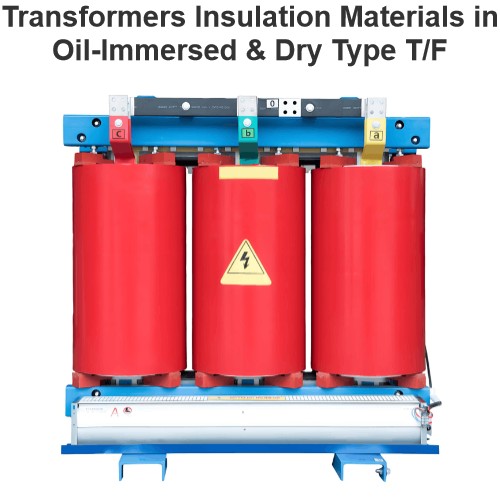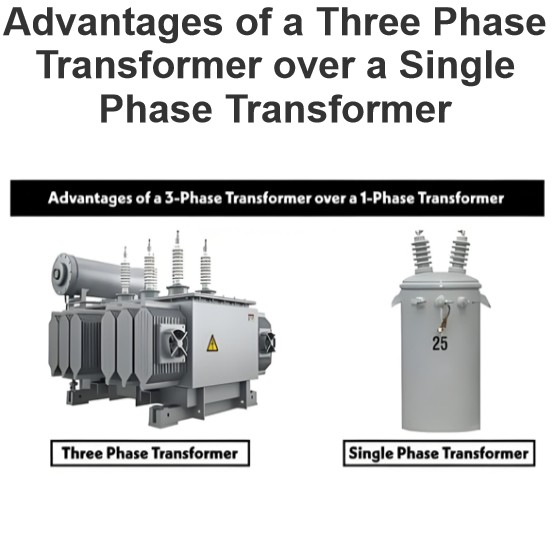How does a single-phase motor starter work?
A single-phase motor starter (Single-phase Motor Starter) is designed to assist a single-phase motor in starting. Since a single-phase power supply cannot naturally produce a rotating magnetic field like a three-phase power supply, a single-phase motor requires additional assistance to start. Below are the working principles and several common start-up methods for single-phase motor starters:
Working Principle
The primary function of a single-phase motor starter is to create an initial rotating magnetic field that enables a stationary motor to start and reach its operational speed. This is typically achieved through the following mechanisms:
Capacitor Start: Using a capacitor to generate a phase shift, thereby creating an effect similar to a rotating magnetic field.
Resistance Start: Using a resistor to reduce the start-up current while helping to form the initial rotating magnetic field.
PTC (Positive Temperature Coefficient) Start: Using a special resistor that has a low resistance initially but increases as the temperature rises, providing additional starting torque during the start-up phase.
Common Start-Up Methods
Capacitor Start (Capacitor Start)
Principle: Capacitor start motors use a capacitor to change the current phase during startup, creating a rotating magnetic field.
Operation: During start-up, the capacitor is inserted in series with the auxiliary winding, forming a current with a different phase from the main winding current. Once the motor reaches a certain speed, the capacitor start mechanism disconnects, and the motor continues running on the main winding.
Advantages: Provides good starting torque, suitable for applications requiring high starting torque.
Capacitor Run (Capacitor Run)
Principle: Capacitor run starters keep the capacitor in the circuit throughout the operation to maintain a steady rotating magnetic field.
Operation: The capacitor is connected in series with the auxiliary winding and remains in the circuit even during motor operation.
Advantages: Provides stable operation, suitable for applications requiring continuous operation.
PTC Start (Positive Temperature Coefficient Start)
Principle: PTC starters use a special material (positive temperature coefficient thermistor) that has a low resistance at low temperatures and increases as the temperature rises.
Operation: At startup, the PTC resistor has a low resistance, providing additional starting torque. As the motor heats up, the PTC resistance increases, gradually exiting the operational state.
Advantages: Simple and cost-effective, suitable for applications that do not require high starting torque.
Other Start-Up Methods
There are other start-up methods as well, such as split-phase starting, which also help single-phase motors overcome static inertia and start smoothly.
Usage Considerations
Matching: Choose a starter that matches the motor to ensure sufficient starting torque.
Installation: Install the starter correctly, following the manufacturer's guidelines for connections.
Maintenance: Regularly check the condition of the starter to ensure it operates properly.
Through these methods, single-phase motor starters can help single-phase motors overcome the static inertia at startup and start smoothly. Choosing the right starter is crucial for ensuring the proper starting and operation of the motor. If you are unsure about how to select or install a starter, consult a professional or refer to the relevant equipment manual.
The Electricity Encyclopedia is dedicated to accelerating the dissemination and application of electricity knowledge and adding impetus to the development and innovation of the electricity industry.













